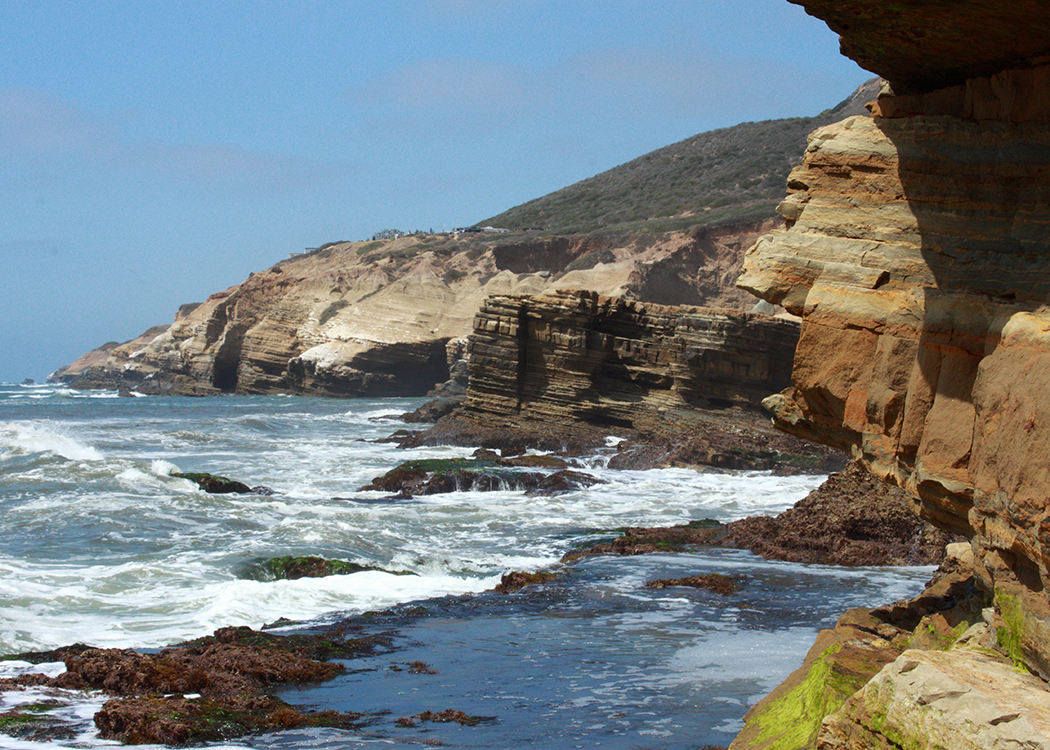Today’s adventure to Cabrillo National Monument is super time-sensitive for two reasons! There are four Historical Landmarks locked inside the Point Loma Naval Base, which is only open to the public one day a year. I have to see them all then escape in time for low tide at the Cabrillo tide pools! It would have been a daunting mission for James Bond, but not for Bill Beaver! Luckily, despite a terrible casualty, I escaped in the end, not shaken, but stirred!
 |
The casualty occurred first thing in the morning. It was probably because I arrived so early and had extra time to explore some of the other landmarks, like the Mission Dam and Flume (#52). As a beaver, I truly appreciate the effort that went into constructing this dam: 42 years of trial and error for only 15 years of actual use! Nonetheless, despite massive flooding and the military takeover of the missions, this important irrigation system is still standing after 200 years!
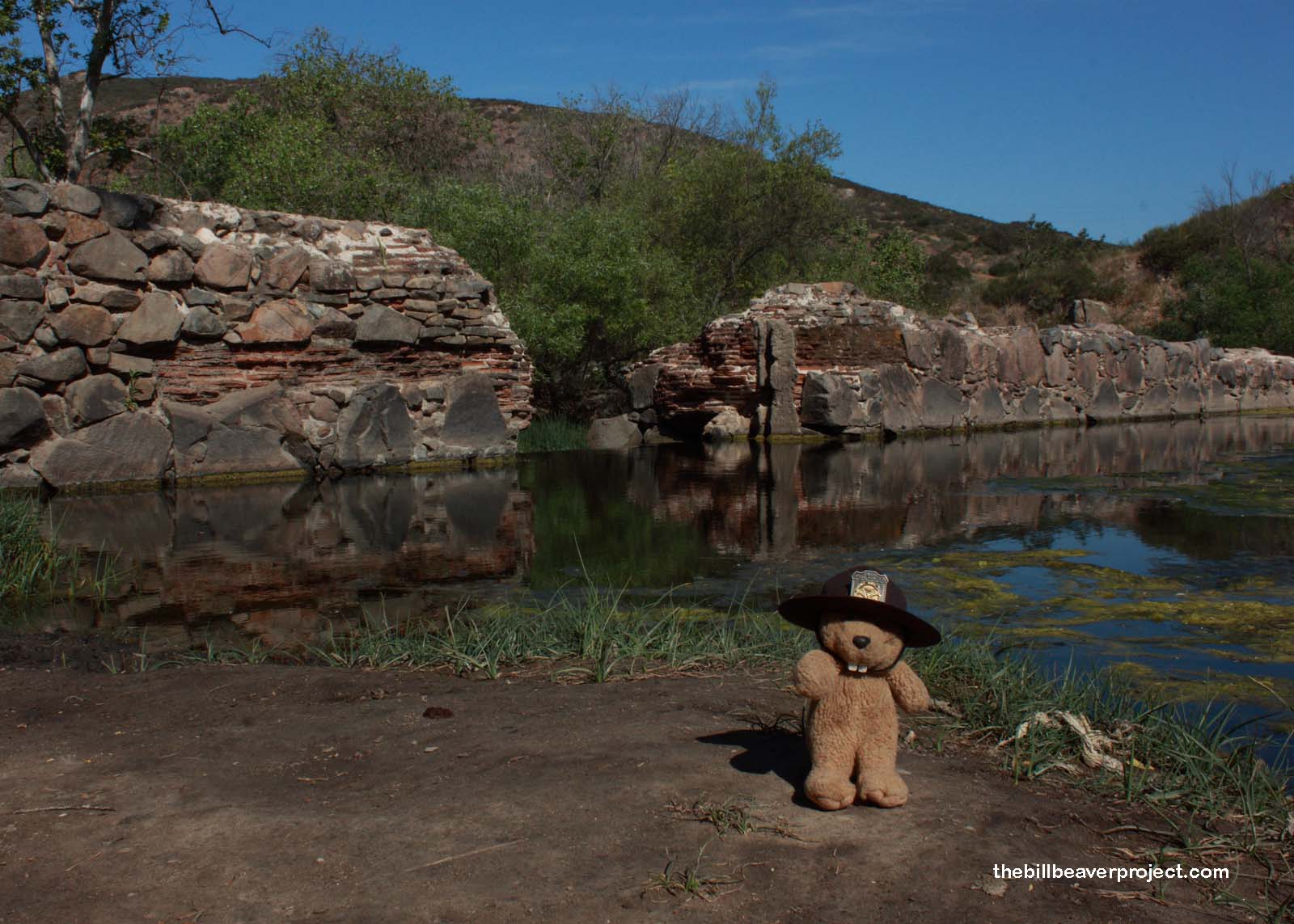 |
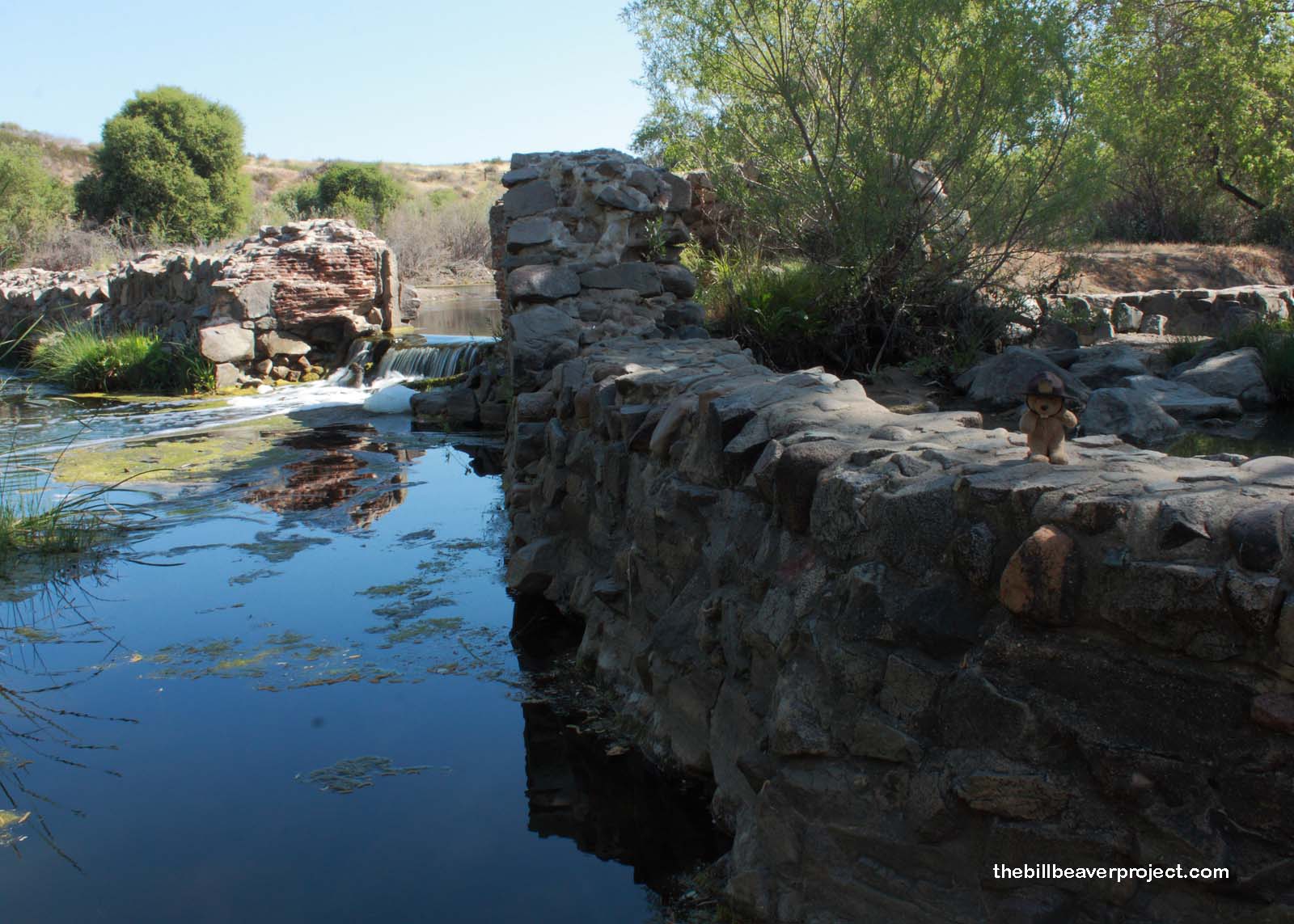 |
Naturally, I wanted to appreciate this architecture up close, which meant sauntering out onto its historic walls. What I did not take into account were the sporadic wind gusts, one of which caught me by surprise and hurled me into the water! Though I am a semi-aquatic rodent who grew up in the water, my hat did not! In fact, the water had completely warped it! It’s ruined!
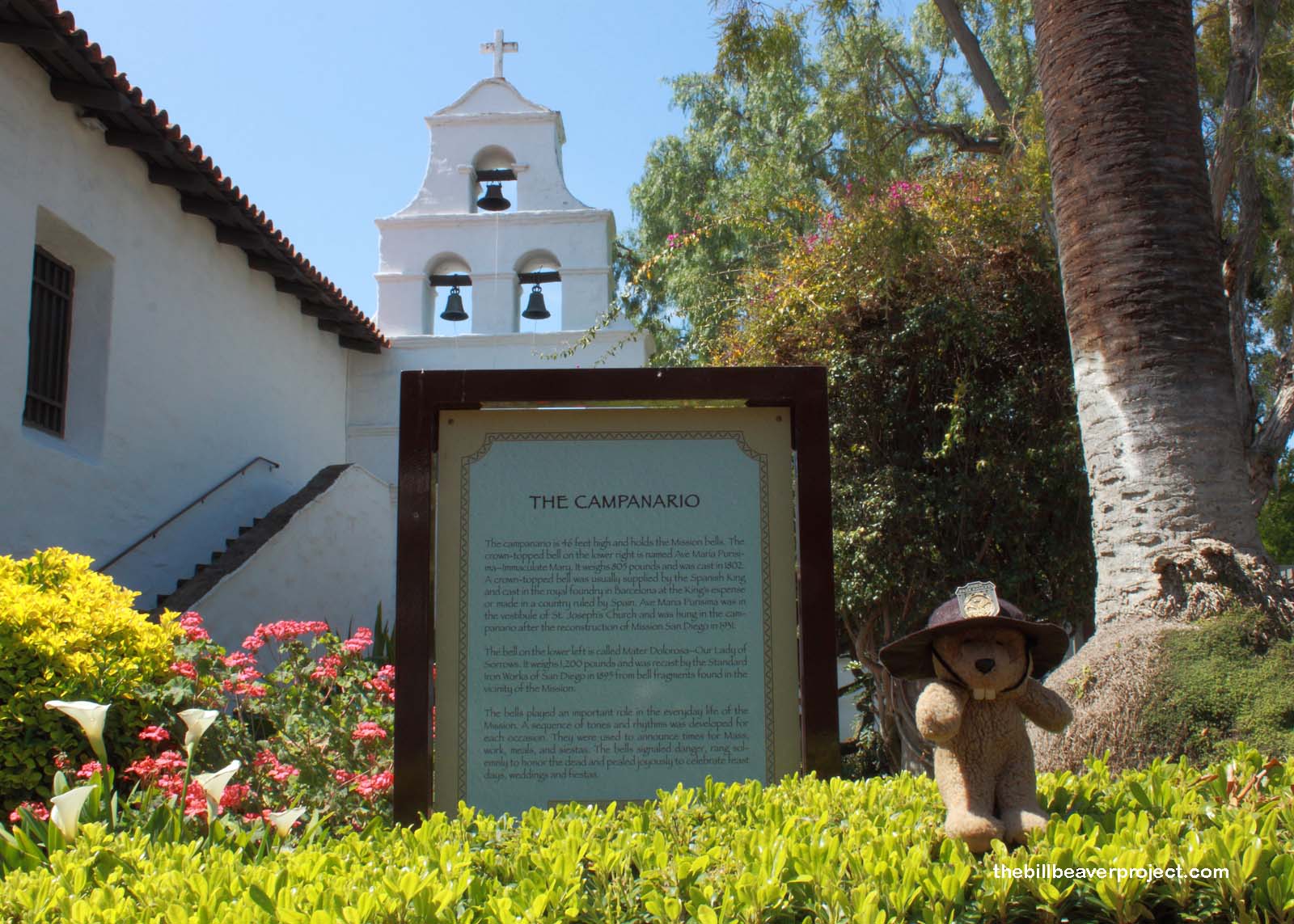 |
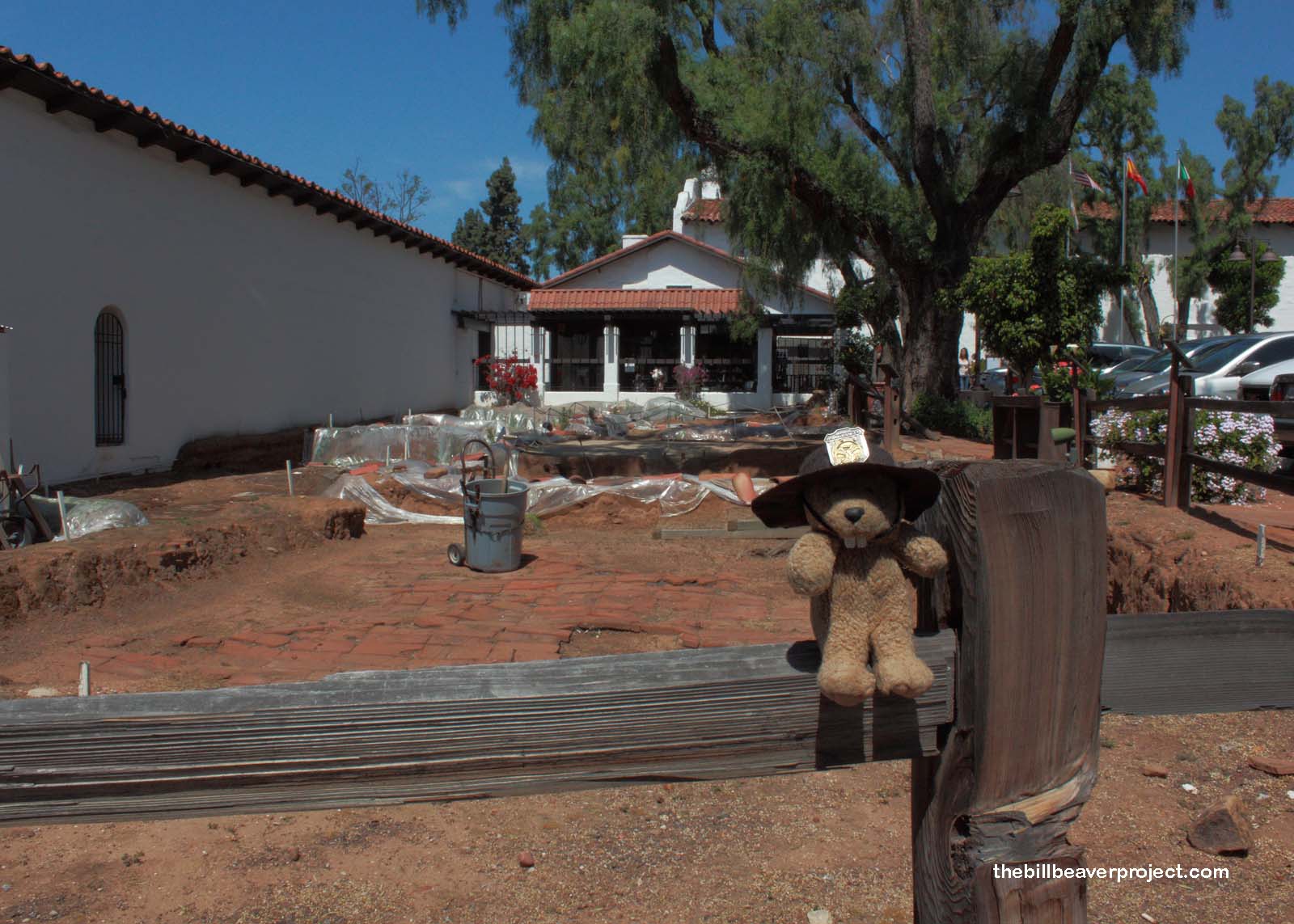 |
I carried my poor hat five miles down to the Mission San Diego de Alcalá (#242), the first of Father Serra’s 21 missions and the recipient of the dam’s water.
Still sopping wet, I begrudgingly accepted the map for the self-guided tour and, despite my grumbling, managed to learn some neat things! For example, this mission…
- …has been restored partly by drilling holes into the rotting rafters, fortifying them with steel bars, and filling the cracks with resin!
- …is one of only four in California to be named a basilica, a historical honor made directly by the pope!
- …is not named for St. James, who is also called San Diego/Santiago! It’s actually named after St. Didacus of Alcalá, whose feast day (November 12) was two days after Sebastián Vizcaino’s entrance into Mission Bay on November 10, 1602! This cool Spanish naming tradition instantly gives an idea of what time of year a city like Santa Barbara or San Francisco was founded!
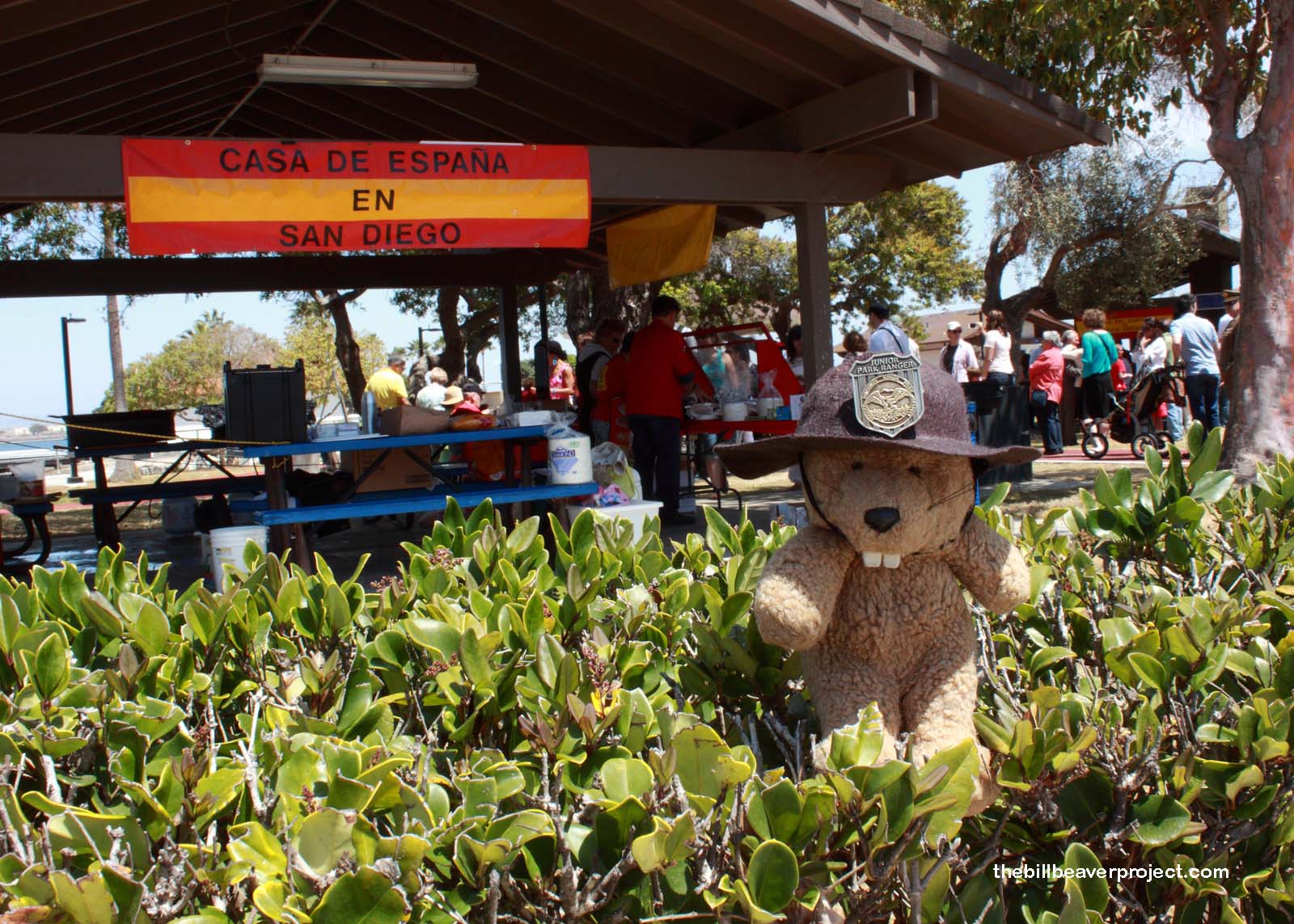 |
As the sun reached its zenith, I hustled toward my appointment at the Battle of the Bay celebration on the Point Loma Naval Base. The journey involved more detours than expected, because public access meant one, and only one, open gate onto the base. All the others, especially those connecting Rosecrans Street with Cabrillo Memorial Drive, were barricaded. My persistence paid off, though, and I infiltrated the base past the guards who must have been wondering how a battle could be taking place in the bay without the military’s knowledge!
 |
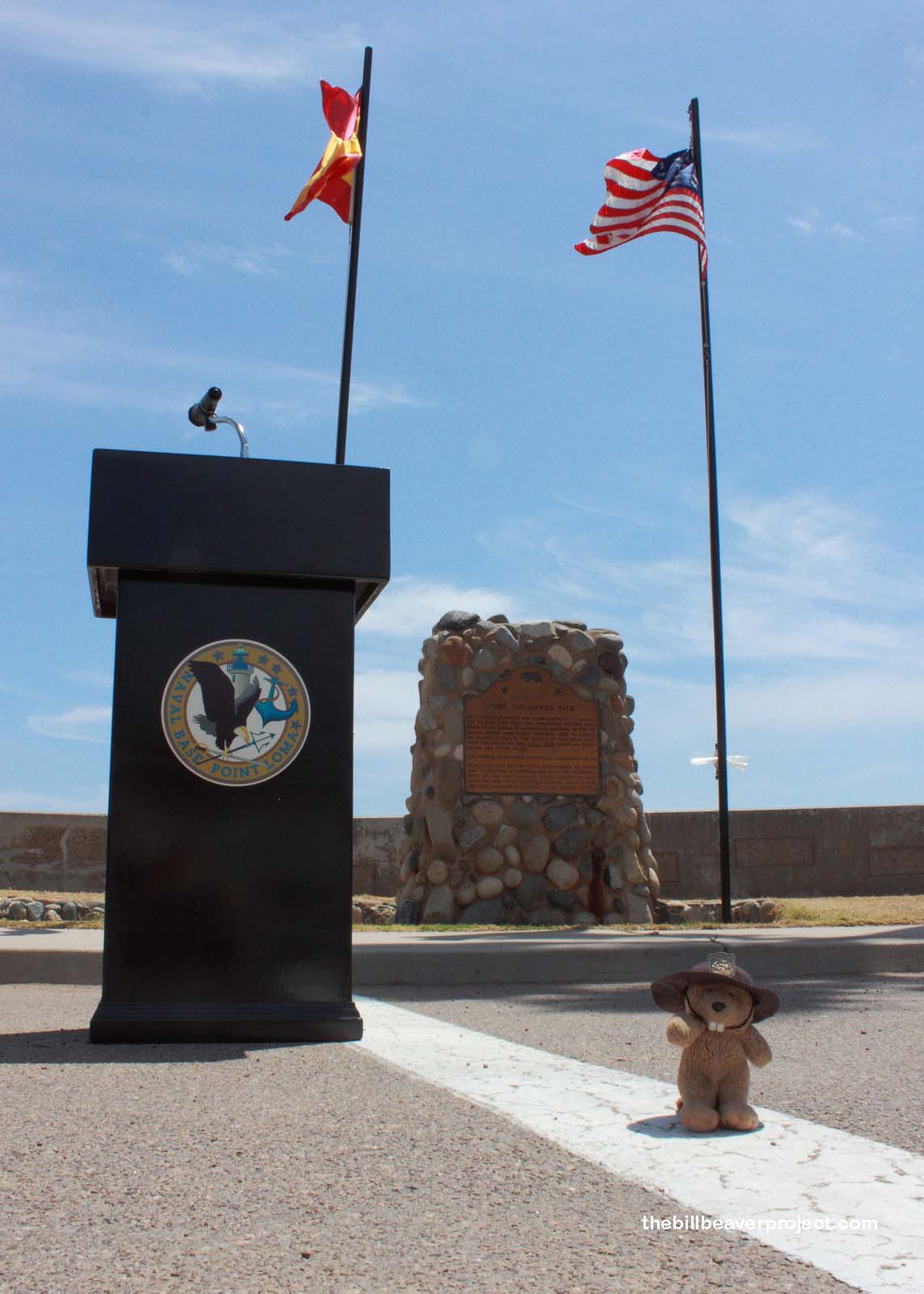 |
The ceremony, sponsored by the Casa de España en San Diego, is held on the third Sunday of April and commemorates not only the Battle of San Diego Bay (a ship-to-shore battle between American smugglers aboard the Lelia Byrd and the Spanish soldiers of Fort Guijarros) but also many years of Spanish-American cooperation. That cooperation included, as read by a descendant of one of the fighters, the contributions of Bernardo de Gálvez to the American Revolution: funding the Americans and capturing Baton Rouge, Natchez, Fort Charlotte, and Pensacola—among other locations—from the British!
 |
 |
Nowadays, there are four landmark plaques here at Ballast Point, commemorating the immense historic importance of Point Loma, first as the place where Juan Rodriguez Cabrillo landed (#56) on September 28, 1542, next as the Spanish Fort Guijarros (#69), then as the Packard brothers’ whaling station (#50), and eventually as the US army’s Fort Rosecrans (#62)! These plaques formed the backdrop for a lovely ceremony of historical readings by descendants of both American and Spanish soldiers from the time of Fort Guijarros. It was fairly straightforward history that brought on a lot of fidgeting from the audience, but it was still interesting!
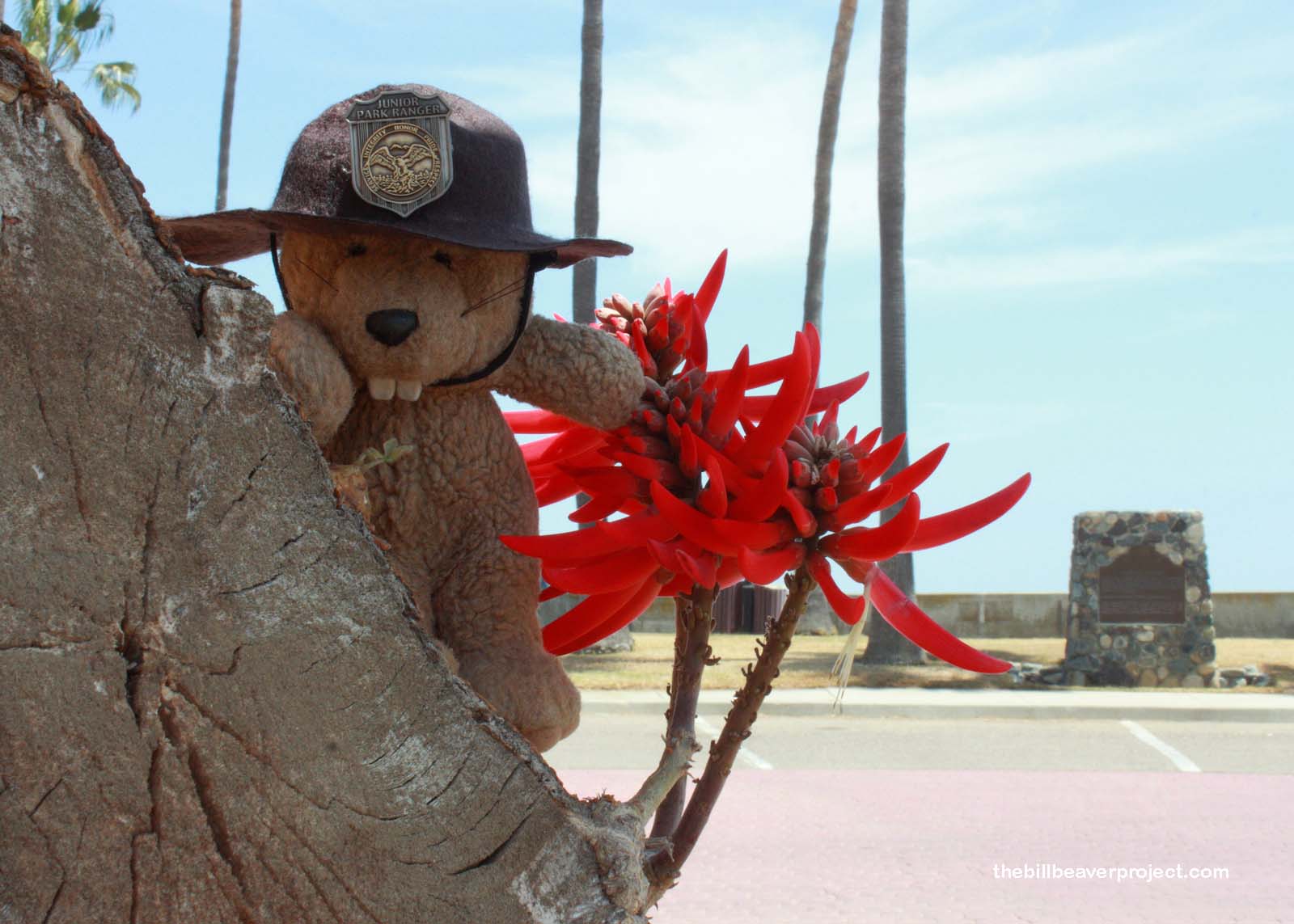 |
They did not have a sea battle as I’d hoped, but they did have some Spanish food and dancing! I stood in line to get some flan, but then I checked the time and found out it was already 1:00! The tide was coming in! I was sad to leave the flan, but I’m probably already spoiled from the farm-fresh flan in Olveiroa last year!
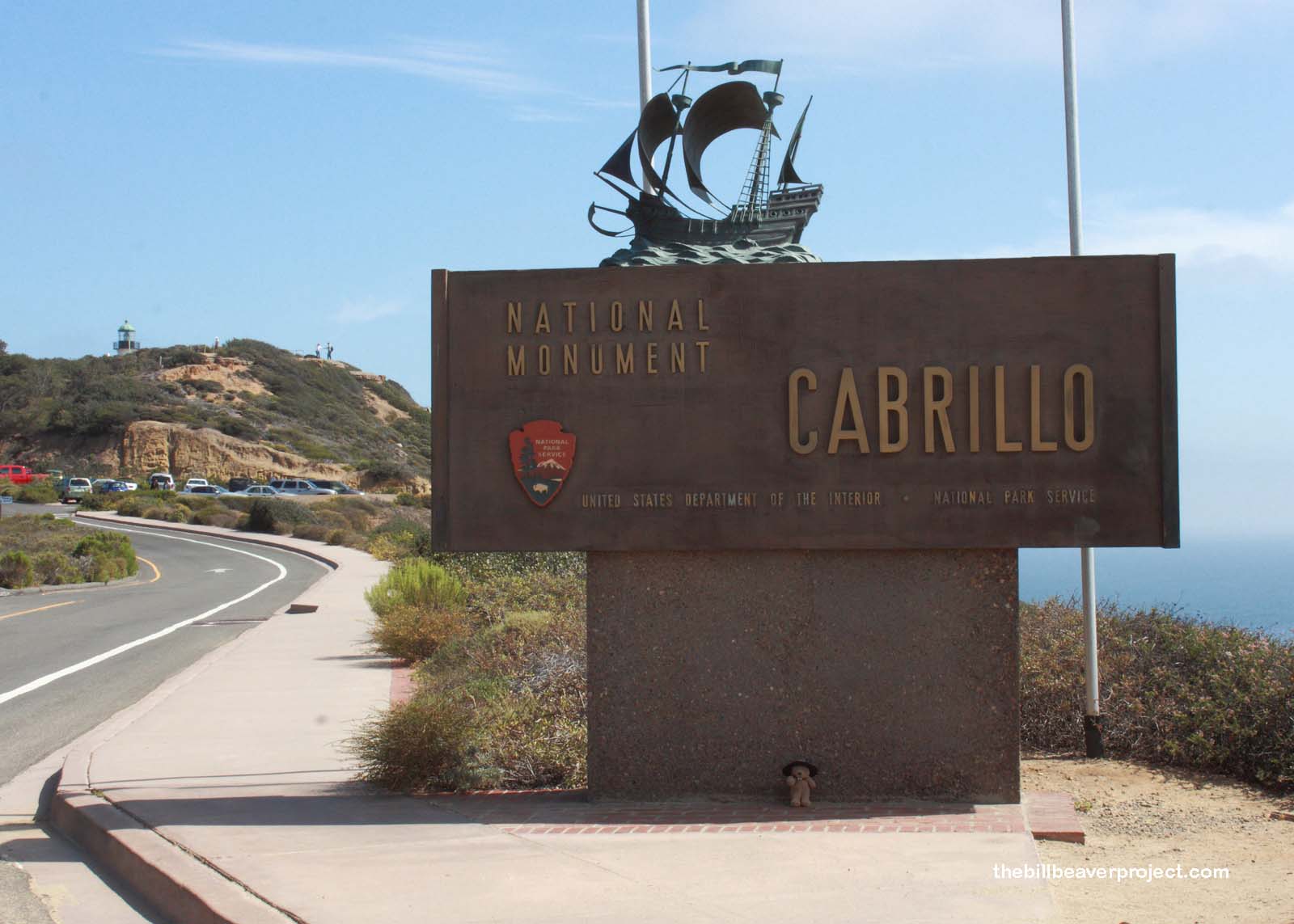 |
I hustled a mean bustle to Cabrillo National Monument, now in its centennial year, and headed straight for the tidepools, which surprisingly, did not require permits like I predicted! Because of this unexpected laxness in rules and regulations, the place was packed! The tidepool access parking lots are pretty small, and there is no road parking allowed! That meant going an extra mile down the road and walking back. After walking all the way across Spain, I was not to be daunted by a little extra mile!
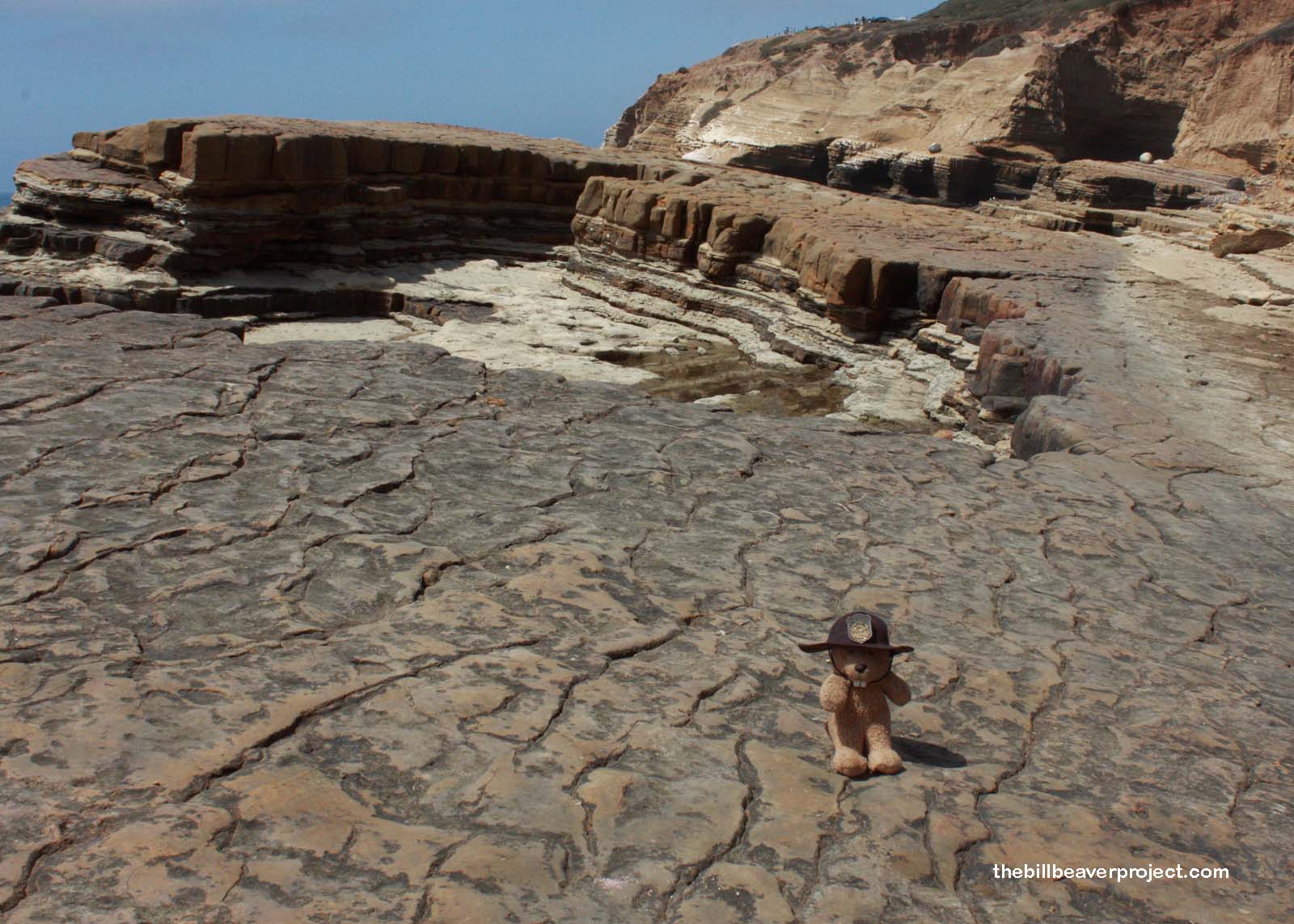 |
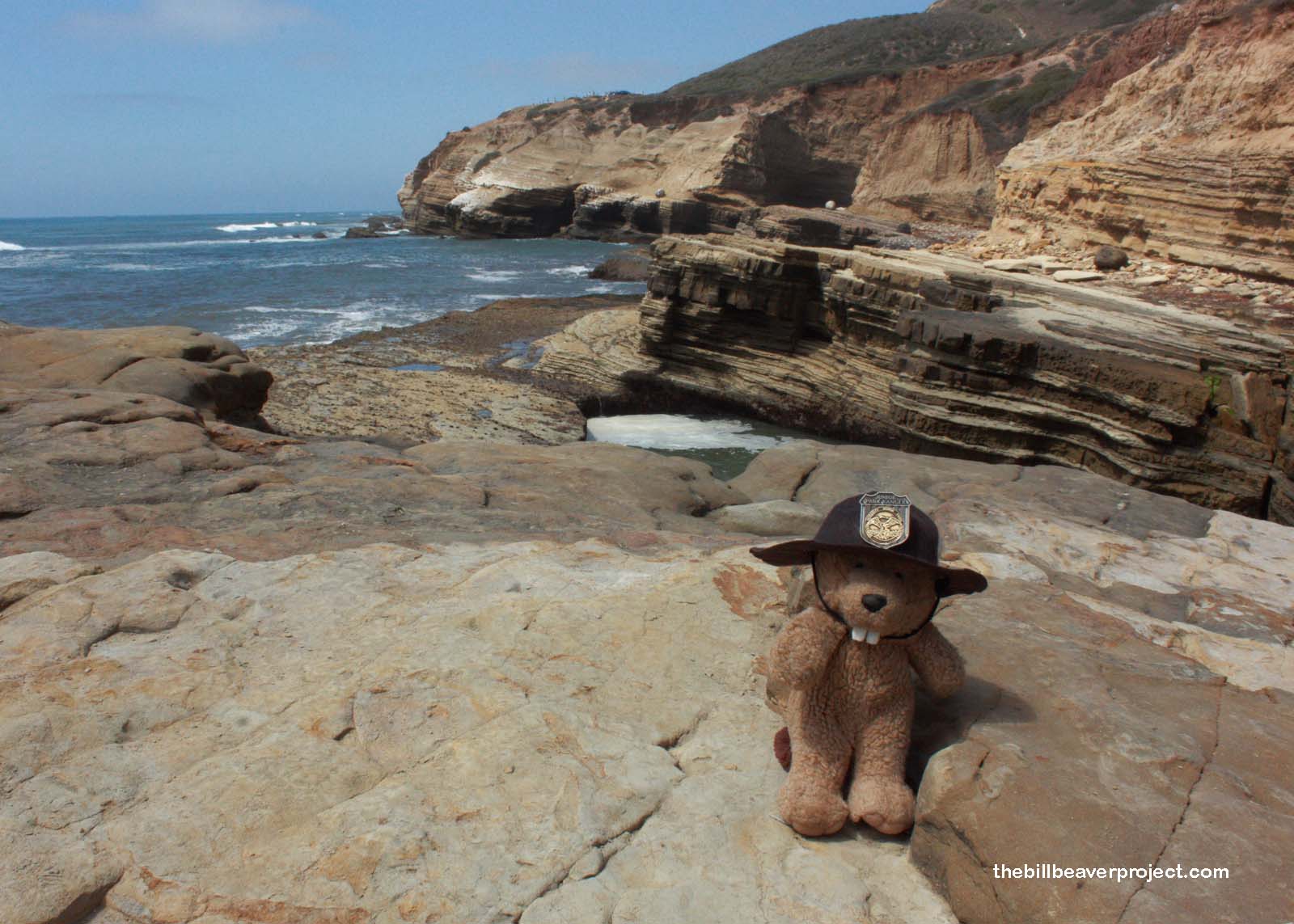 |
It was a worthwhile walk because of the otherworldly beauty of the tide pool area! The working of the waves has sculpted a jagged coastline of exquisitely layered sandstone and shale, which turned out to be a great place to frolic! Frolic is best conducted with company, though, so I set out to engage some of the local crustaceans or cnidarians!
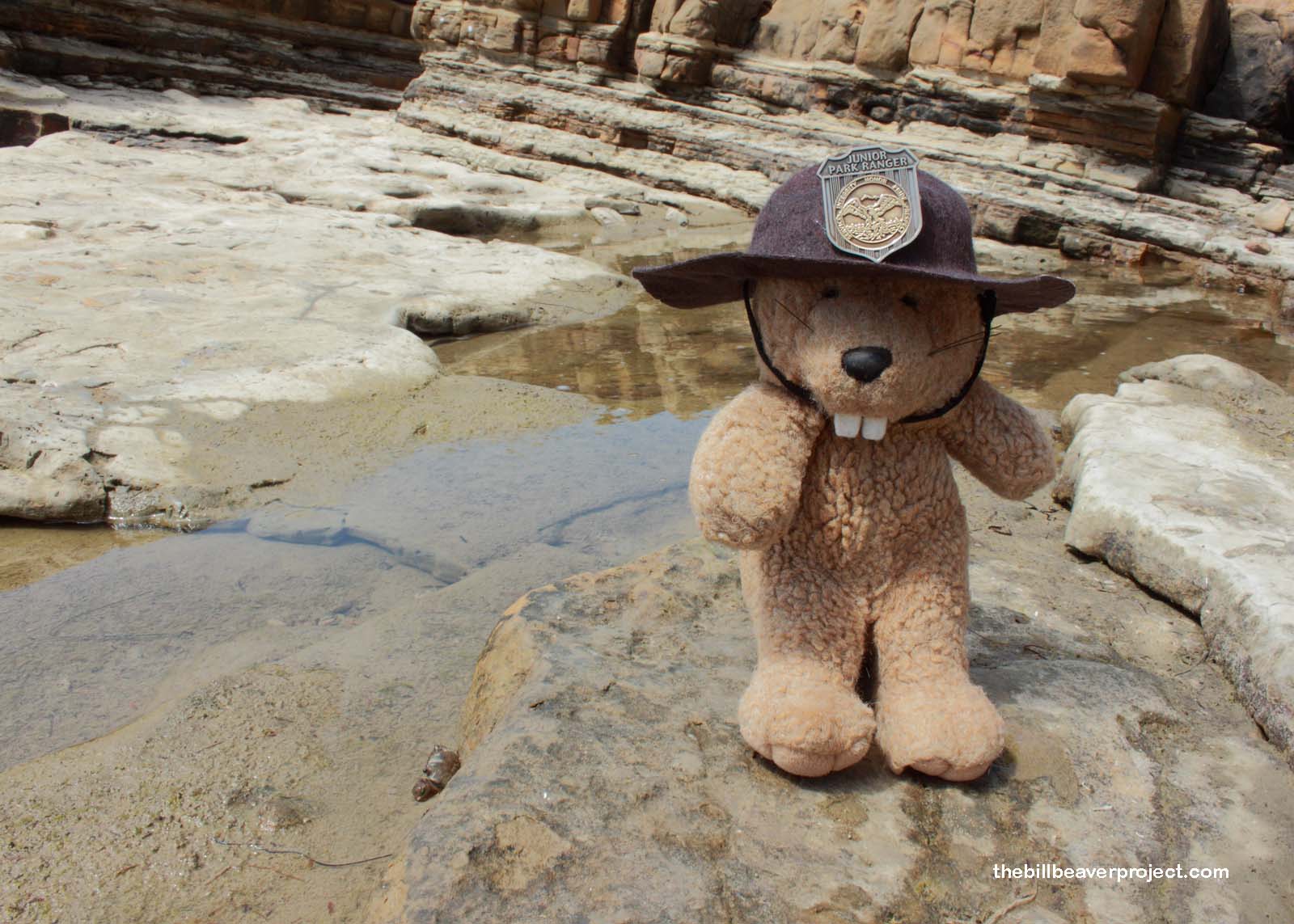 |
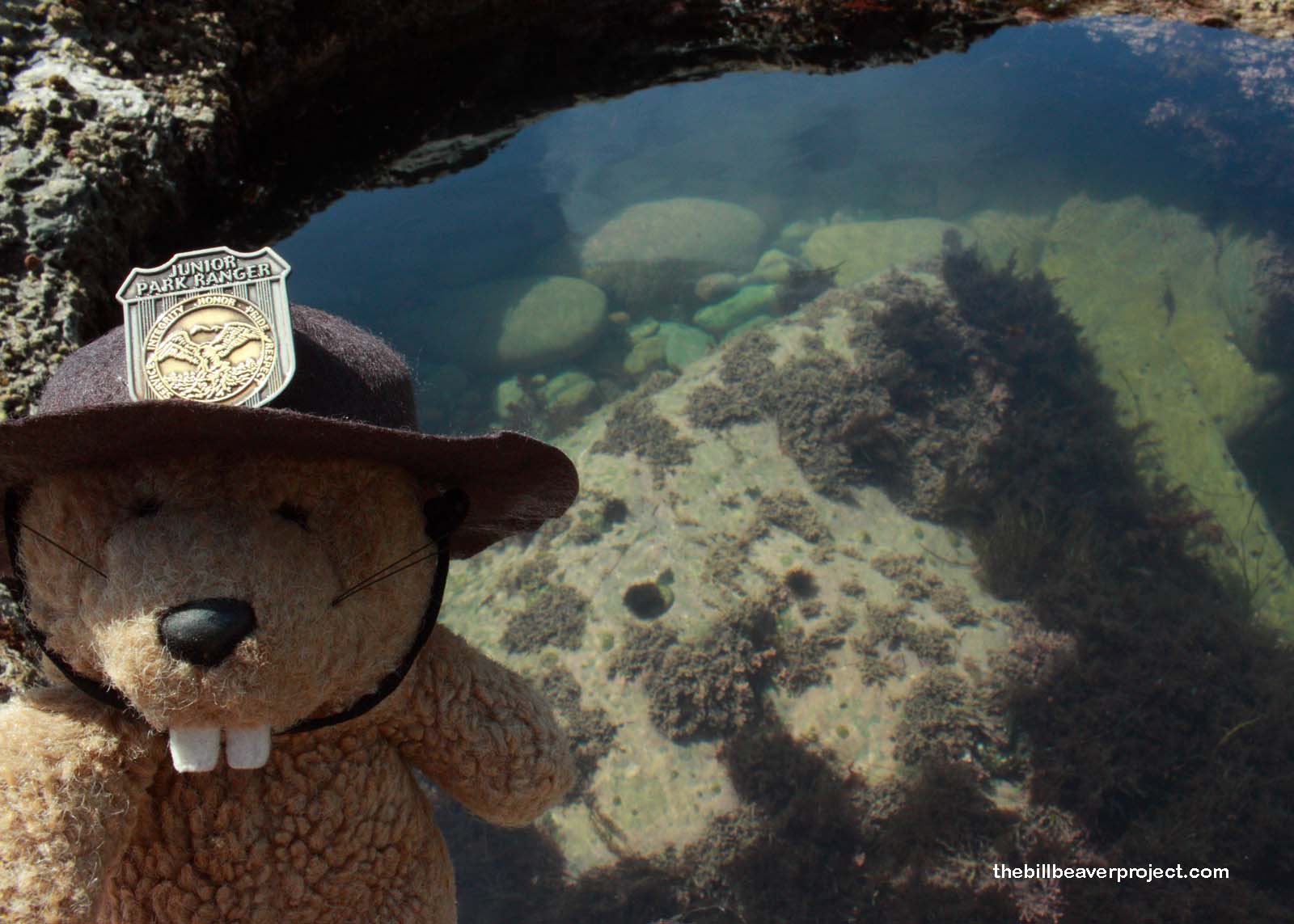 |
Imagine my surprise at how barren the tidepools were! I expected anemones, starfish, and crabs aplenty, but what I got were algae and limpets! Here and there, I caught sight of a skittish crab, but rather than join me in frolic, each and every one of them darted away to blow bubbles in their secret crevices! That was disappointing! I wonder if the tide really had come in so far that it had covered the neat tidepools or if the sheer numbers of people had taken their toll. Regardless, it was time to move on.
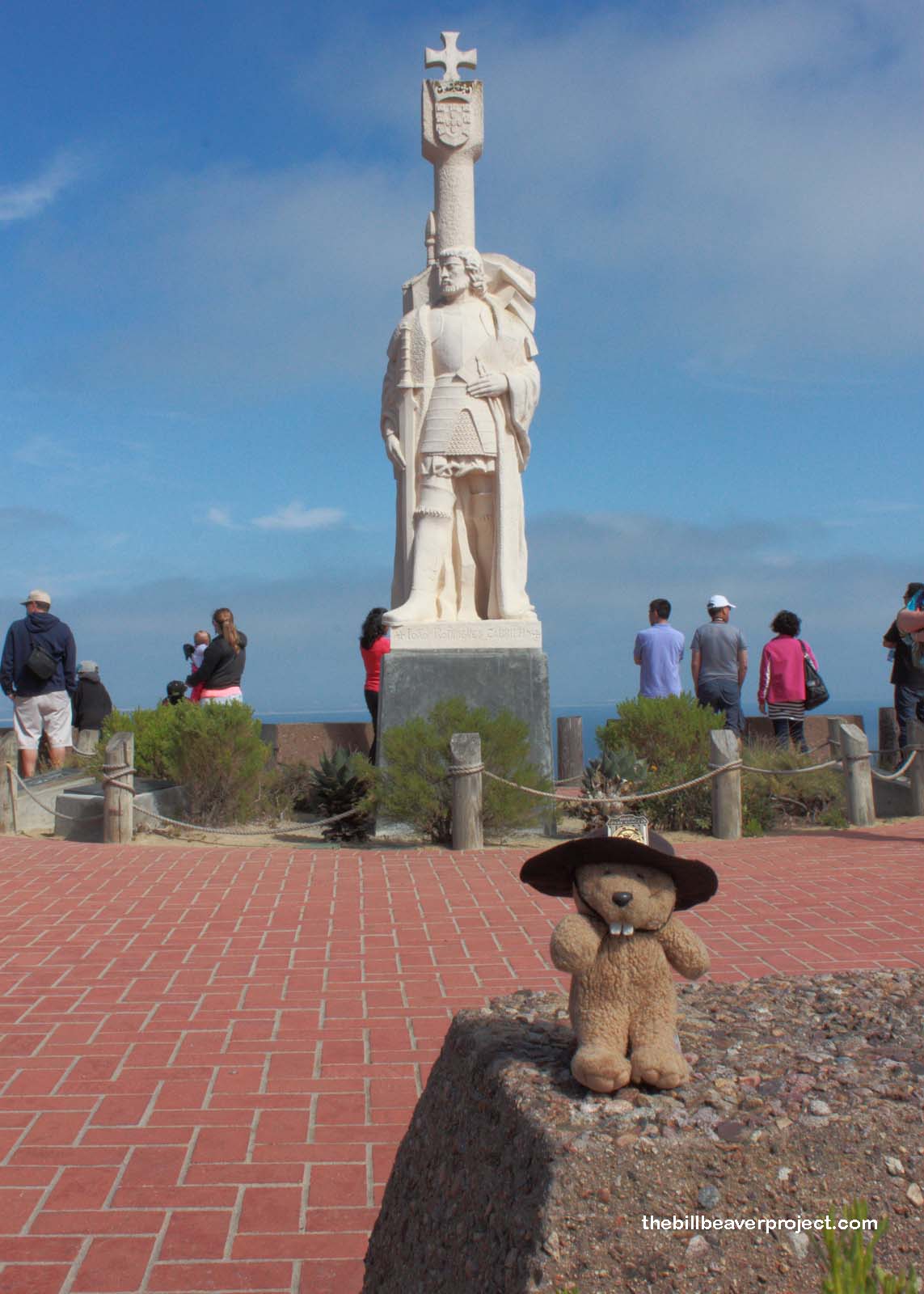 |
Originally, this land wasn’t set aside for tidepools at all! On October 14, 1913, President Woodrow Wilson designated it for the Order of Panama to erect a statue in honor of Cabrillo. Unfortunately, the Order of Panama went bankrupt and disappeared, which left this place unused for 13 years! That’s when President Coolidge said “enough dawdling!” and appointed the Native Sons of the Golden West to take up the charge, but it wasn’t until FDR was president, 13 years later, that the statue finally took up its post overlooking San Diego Bay!
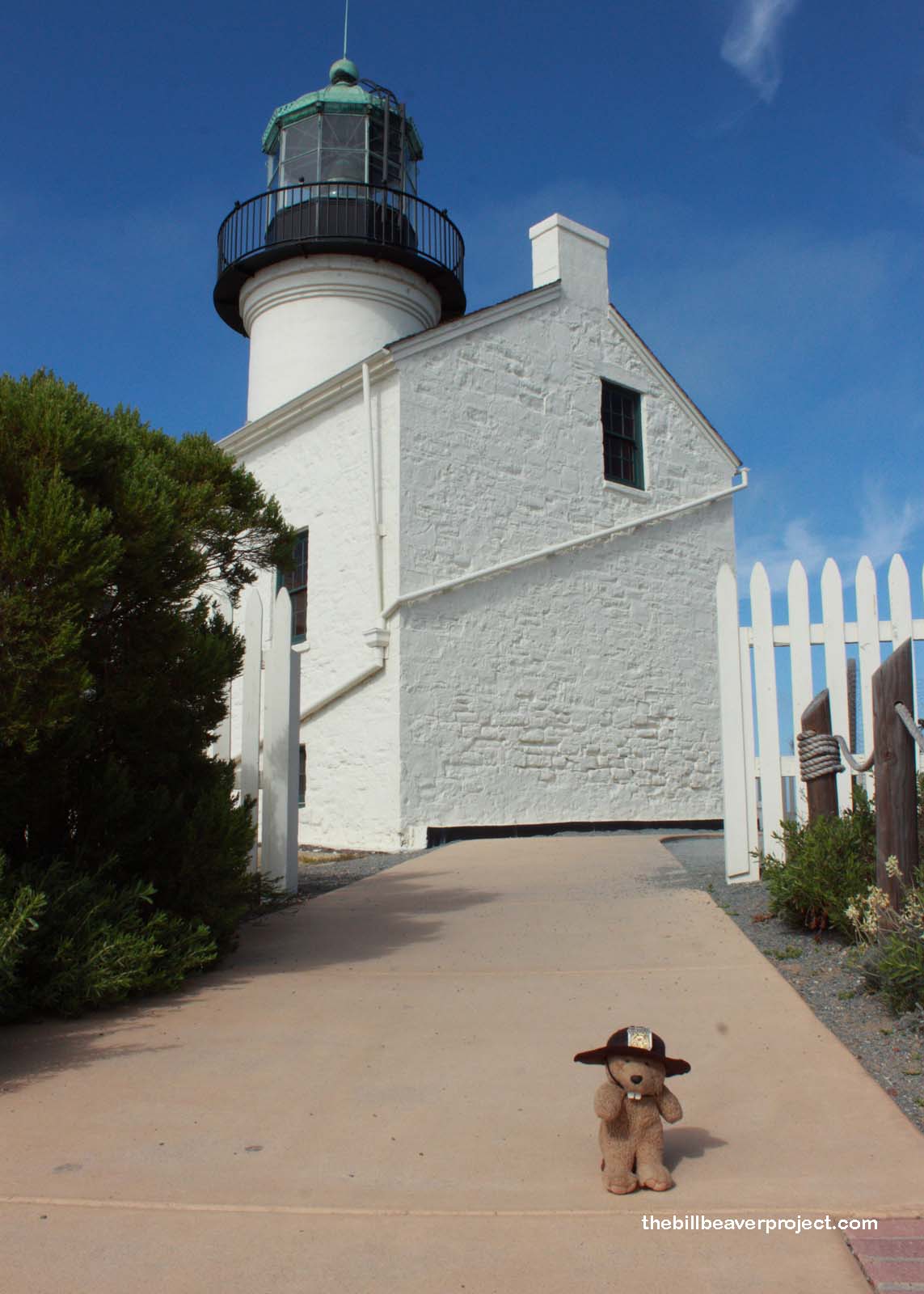 |
I wrapped up my day in Cabrillo National Monument at its most famous structure and resident Historical Landmark, the Old Point Loma Lighthouse (#51)! One of the first eight lighthouses on the West Coast, it was also the highest in the country, which presented a problem: the fog off Point Loma was so low that the high-angled beams could not reach the incoming ships! This meant the lighthouse only operated for about 36 years, during which time, it was also a home! With a limited fresh water supply, the residents grew their own food, supplementing it with all-day trips to Old Town, and the kids had to row across San Diego Bay every day to go to school! I guess it’s true that people were tougher back then!
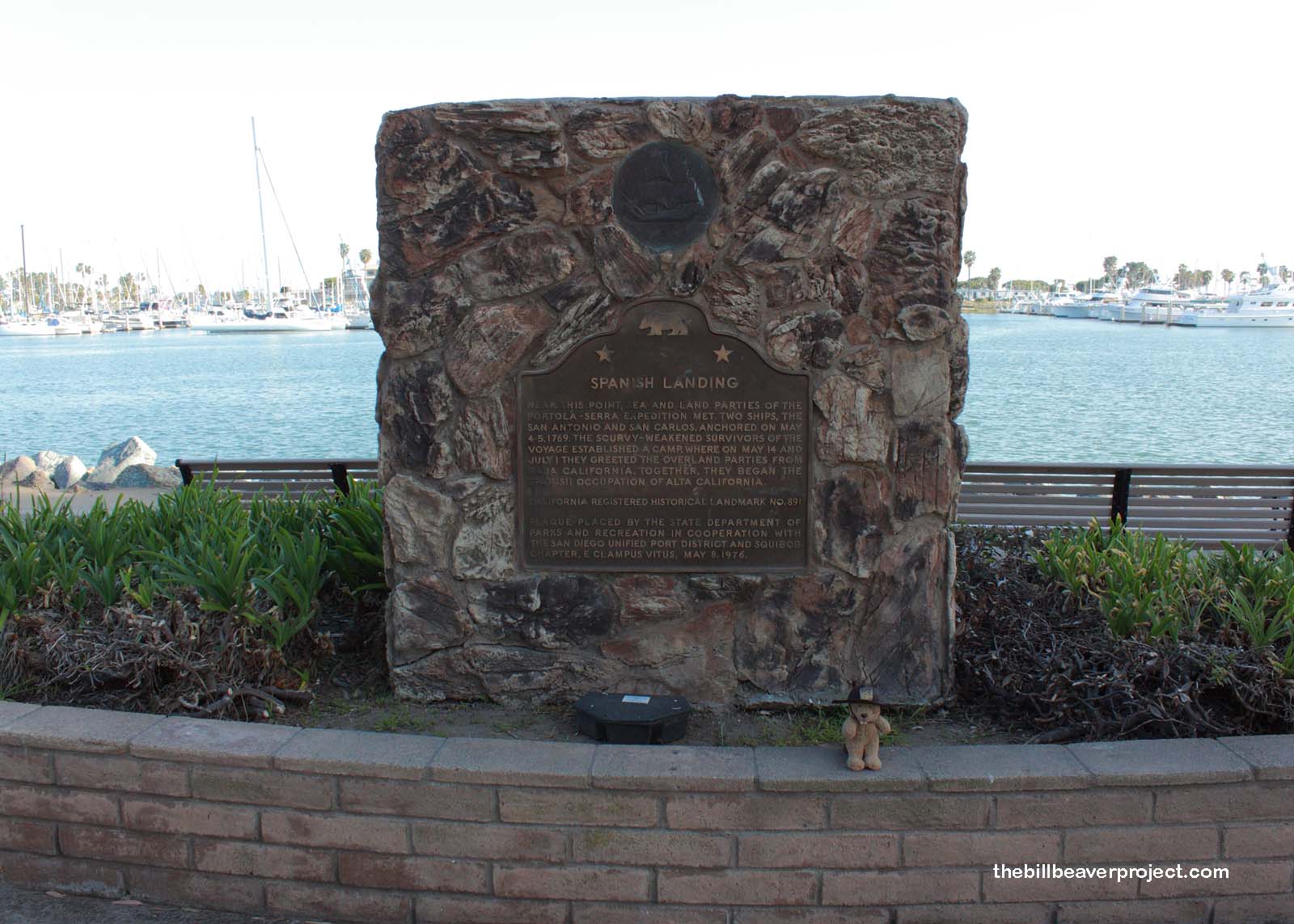 |
 |
The park closed at 5:00, dashing my hopes to watch the sunset from the lighthouse, but that did give me two extra hours to see some other historical landmarks in San Diego! Many of them focused on the Vizcaino and Portolá-Serra expeditions, which were beset by scurvy! Now, in case you didn’t know exactly what scurvy is, outside of Pirates of the Caribbean quotes, scurvy is a Vitamin C deficiency that can lead to swelling, bleeding, paralysis, and death! It’s a credit to these explorers that they continued on despite these troubles, but I think they could have benefited greatly from some delicious, Spanish oranges!
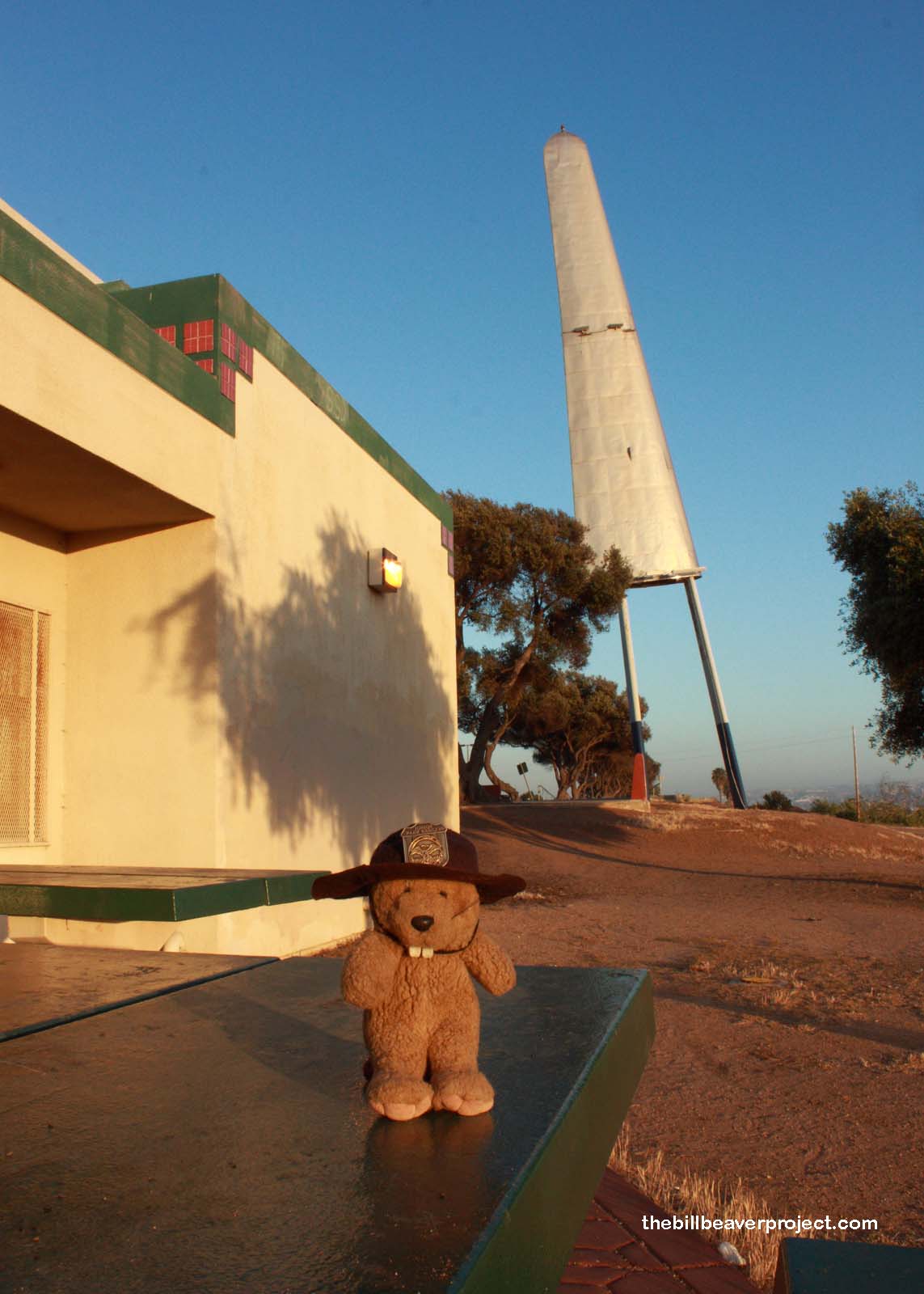 |
I wound up watching the sun set within view of the Montgomery Memorial (#711) and the Mexican border. The Mexican border is pretty self-explanatory, but the Montgomery Memorial, in case you were wondering, is the site where, in 1883, John Montgomery made the first heavier-than-air craft flight, 20 years before the Wright brothers! To honor his accomplishment of opening “for all mankind the great highway of the sky,” a lone airplane wing now stands watch over the city!
As the sun went down, I marveled over what an explosion has taken place since the first few scurvy-plagued ships slogged into this bay. San Diego has become a massive city and a world class destination, all because folks fought through their troubles to meet their goals! With that in mind for perspective, I took off my mutilated hat and, clutching it firmly in paw, set off to continue building my own mission!
Come sail away!
